

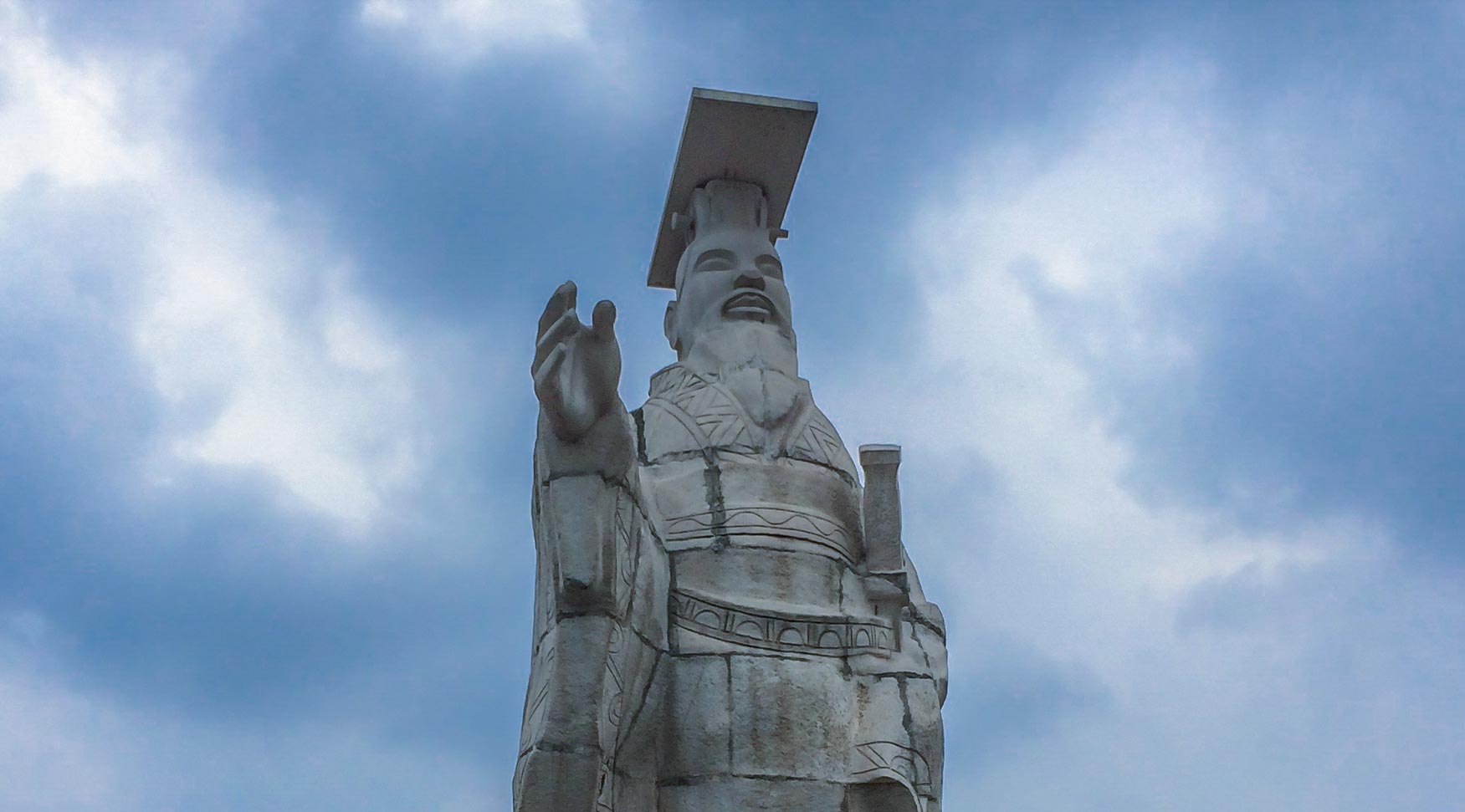
Qin Shi Huang, a pivotal figure in Chinese history, holds a legacy that continues to captivate historians and enthusiasts alike. Rising to power at a young age, he orchestrated sweeping changes across China, forever shaping its political, cultural, and architectural landscape. From unifying a divided nation to leaving behind an enigmatic burial site guarded by the famous terracotta army, Qin Shi Huang’s life and rule are filled with intriguing facts that shed light on an era marked by both innovation and authoritarianism.
A Statue of Qin Shi Huang – Cover Image attribution
Qin Shi Huang was born in 259 BCE in the city of Handan, the capital of the state of Zhao. He was believed to be the son of King Zhuangxiang of Qin and Queen Dowager Zhao Ji.
The legitimacy of his birth is up for debate and has no definitive answers as The Records of the Grand Historian, written by Sima Qian during the Han dynasty states that he may have been the child of Lu Buwei, a powerful minister in the Qin state however, there is no definitive proof for which of these statements is correct.
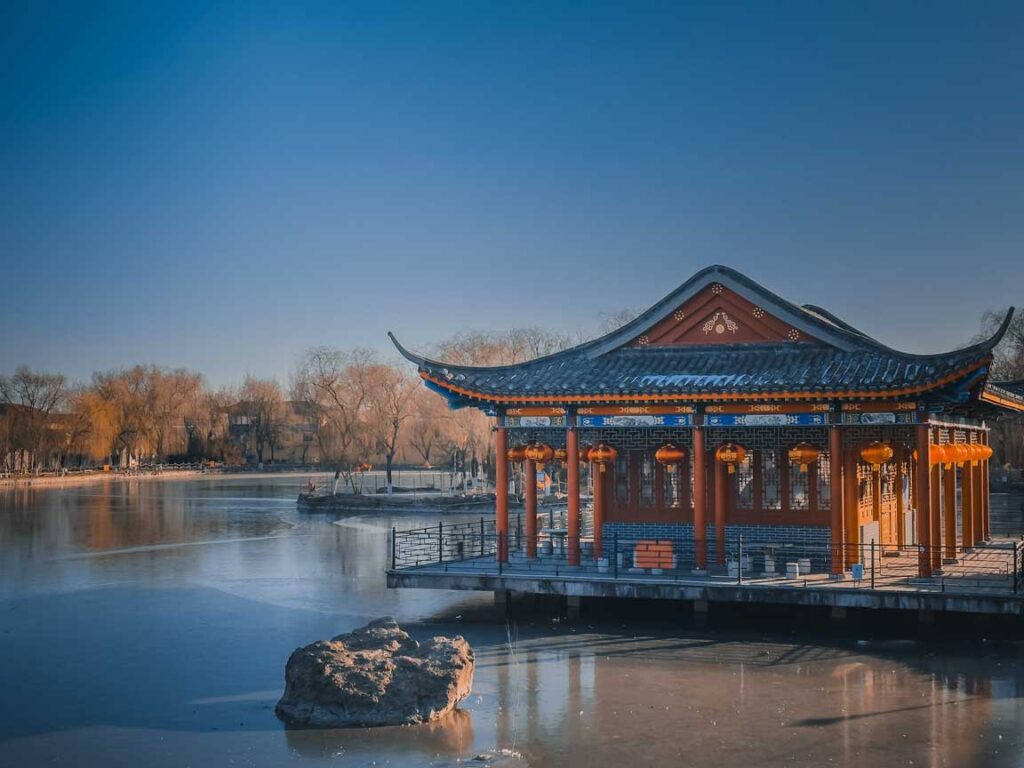
At the remarkably young age of 13, Qin Shi Huang was proclaimed king after his father’s death, setting the stage for his fascinating journey to power.
He immediately started with his plan to unify the warring states into one unified empire. This single decision would end up influencing the course of China’s entire history.
Within a mere nine years, Qin Shi Huang achieved an unparalleled feat: the unification of China’s warring states, leading to the formation of the Qin Dynasty.
When one considers the magnitude of bringing together various cultures, languages, and religious systems, the impressive scale of this achievement is made clearer. To give you an idea of what he accomplished, it would be like unifying the modern countries of Poland, France, and Spain into one enormous empire.
As a testament to his successful unification of the warring states, Qin Shi Huang earned the coveted title of the first emperor of China, solidifying his historical significance. This title etched his name into the records of history, forever linking him with the founding of a unified China.
He was originally born with the name Ying Zheng, he then later adopted the illustrious title “Qin Shi Huang,” signifying his role as the first emperor of the Qin Dynasty. This metamorphosis of name mirrored his transformation from a youthful king into a monumental ruler, tasked with uniting a fractured land.
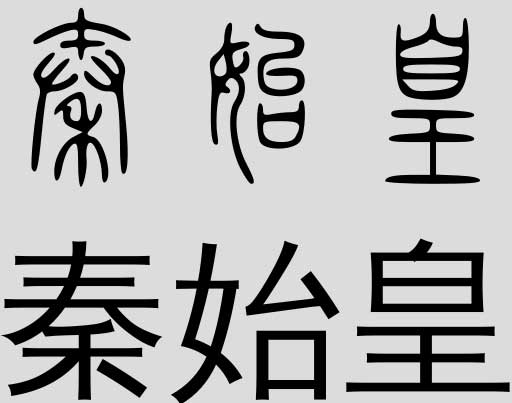
His reign extended over a staggering 30 million subjects, each under the shadow of his authority. The existence of 200 palaces underlines his authority and power, painting a vivid picture of an empire ruled with a deadly blend of might and magnificence.
Recognizing the importance of communication, Qin Shi Huang implemented reforms to standardize the Chinese script, fostering unity and comprehension. This linguistic revolution meant that regardless of geographical location, his subjects could communicate, helping to create a shared identity and culture.
In pursuit of uniformity, Qin Shi Huang also extended his reforms beyond language, standardizing legal codes, measurements, and currency, ensuring consistency across his realm. This standardization not only facilitated governance but also promoted a sense of equality among his diverse subjects.
Qin Shi Huang played an instrumental role in the construction of the awe-inspiring Great Wall of China. After creating a unified China he ordered for a new wall to be built and for the already standing wall to be connected to each other to ensure his empire would be safe from foreign invasion.
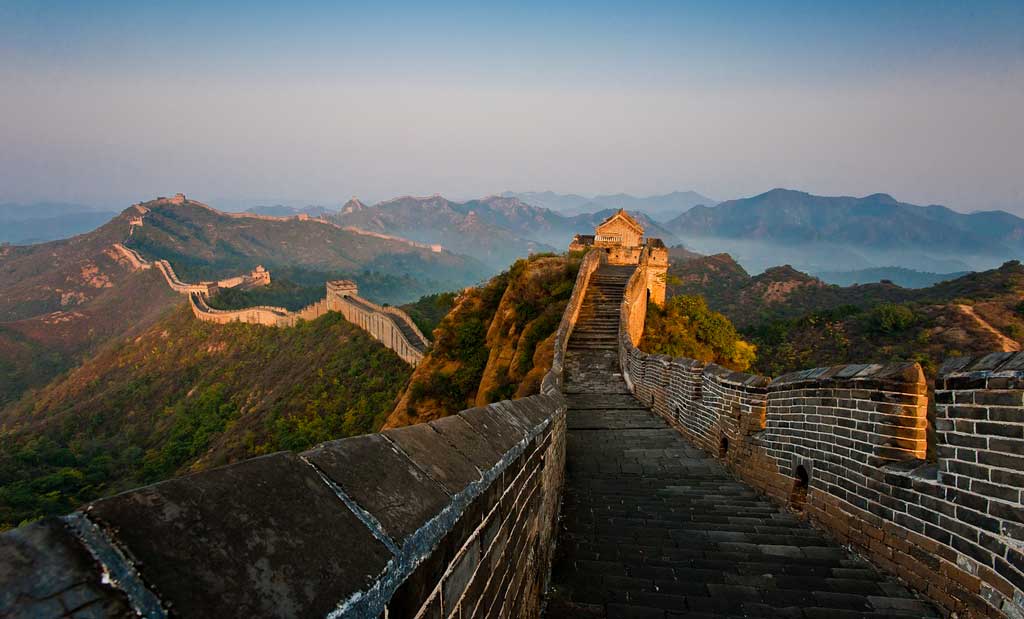
His commitment to advancement is evident in his ordering of the Lingqu Canal’s creation, a testament to his aspirations for economic development. This infrastructural masterpiece served as a transport hub and a lifeline for trade, agriculture, and the empire’s prosperity.
The canal is 36.4 kilometers (22.6 miles) long and was built between the Xiang River and the Li River. It also helped to further unify the Qin dynasty by providing a way to transport troops and supplies across the region thus warding off invaders.

Tragically, Qin Shi Huang’s rule was marred by an estimated death toll of over 20 million people, reflecting the severe consequences of his policies. This death toll was not only caused by the killing of enemy soldiers to advance his empire but also by killing his own subjects who saw error in his way of ruling.
Despite him having many children, Qin Shi Huang refrained from formalizing any of his relationships through marriage. This is a curious fact, as it is not the norm for emperors in Chinese history to be unmarried. There are a few possible explanations for Qin Shi Huang’s decision to not marry.
One possibility is that he was simply too busy with his work as emperor to have time for a wife and family.
The other more likely possibility is that Qin Shi Huang was afraid of being poisoned by his wife. This was a common fear among emperors in China, as there were many cases of wives poisoning their husbands in order to gain power. Qin Shi Huang may have decided that it was safer to not marry at all, rather than risk being poisoned by his wife.
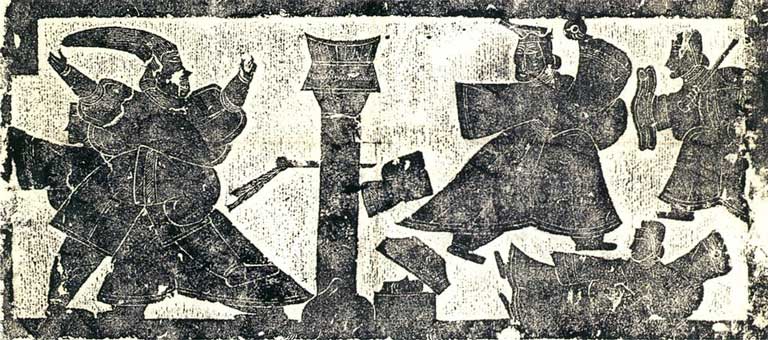
Driven by a quest for control, Qin Shi Huang’s reign witnessed the burning of books that he didn’t agree with and the execution of Confucian scholars, underscoring his intolerance for dissenting ideologies. The eradication of knowledge and the persecution of intellectuals reveal the darker side of his quest for unchallenged supremacy.
Guided by the tenets of Legalism, Qin Shi Huang’s rule was characterized by strict authoritarianism aimed at maintaining order and suppressing opposition. This philosophical alignment provides insight into his governance style and the complex interplay between ideology and power.
Qin Shi Huang was obsessed with immortality. He believed that if he could find a way to live forever, he would be able to rule China for eternity. He spent a great deal of time and money searching for elixirs and magic that would grant him immortality.
Qin Shi Huang’s obsession with immortality is understandable. He was a very powerful ruler, and he wanted to ensure that his rule would continue for as long as possible. He was also aware of his own mortality, and he was afraid of death.
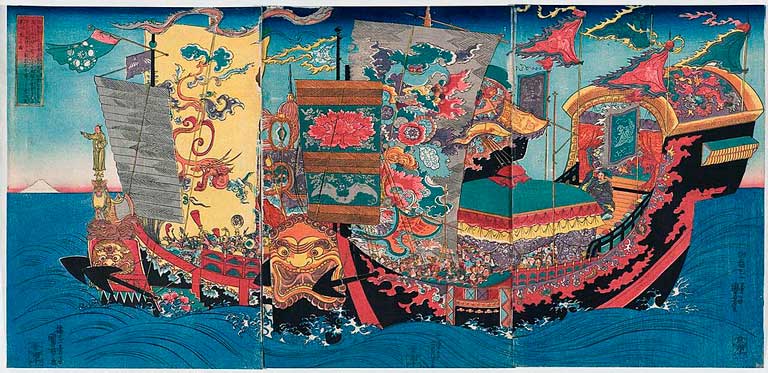
Qin Shi Huang died at the young age of 49 in 210 BCE. This event also marked the end of an era, as Qin Shi Huang was the last emperor of the Qin dynasty.
Qin Shi Huang’s death was sudden and unexpected. He was on a tour of the eastern provinces of his empire when he became ill and died. There are many theories about the cause of his death, one theory is simply that he died of food poisoning, but another theory is that in his quest for immortality, he was advised to drink mercury which ultimately poisoned him causing his death.
Qin Shi Huang’s death had a significant impact on China. His son, Qin Er Shi, succeeded him to the throne, but he was a weak and indecisive ruler. He was unable to maintain the unity that Qin Shi Huang had achieved, and the Qin Dynasty soon collapsed. This made way for the rise of the Han dynasty one of the most powerful empires in the entire world at the time.
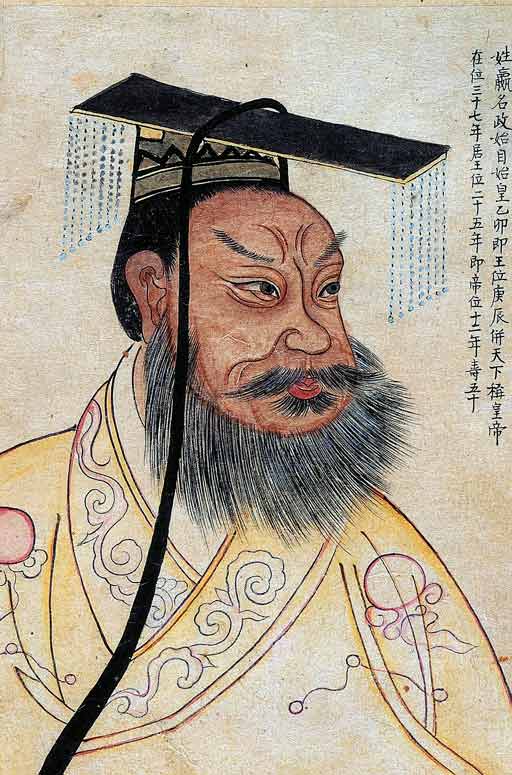
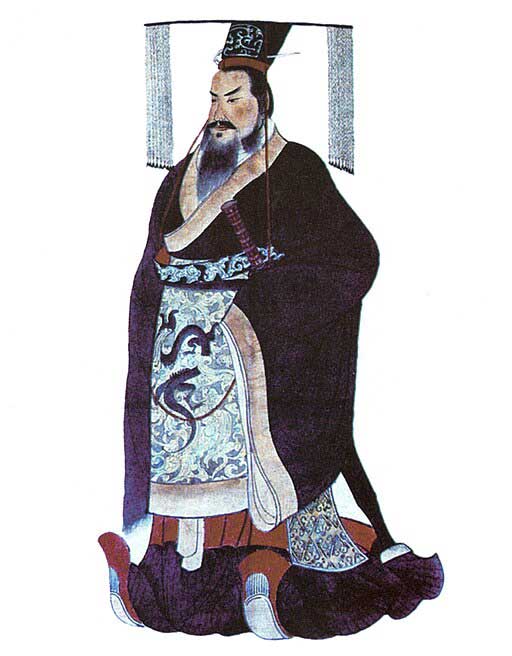
His legacy endures through the Terracotta Army, standing as a testament to his significance and grandeur. He ordered the construction of the terracotta army when he first gained power at 13 and it continued construction until his death.
The purpose of the Terracotta Army was for in case his quest for immortality was unsuccessful he would still have his army and empire in the afterlife.
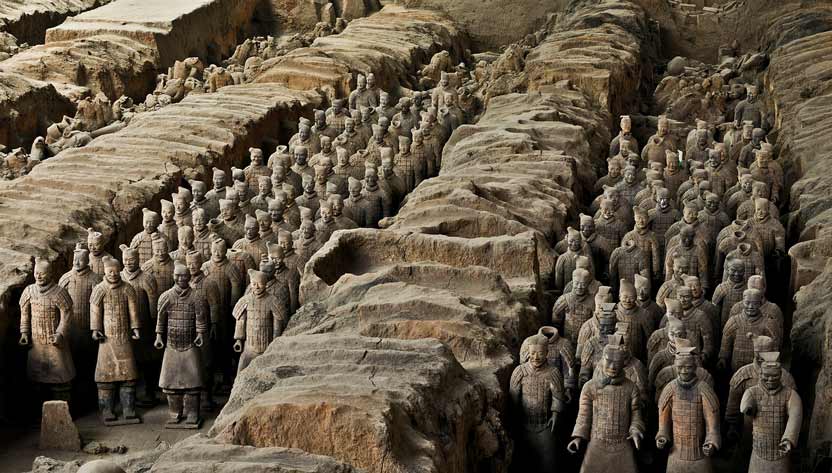
Shrouded in mystery, Qin Shi Huang’s tomb remains untouched, inviting speculation and anticipation regarding its untold secrets. The tomb is also believed to be filled with great treasures but there are concerns about them getting damaged by exposure to oxygen, so the excavation has been delayed until more advanced technology is available.
In the meantime, Qin Shi Huang’s tomb remains shrouded in mystery. It is a source of fascination and speculation, and it is a reminder of the power and wealth of the Qin dynasty. It is also a reminder of the fragility of history, and the fact that even the most elaborate tombs can eventually be lost to time.
Through his achievements and controversies, Qin Shi Huang has secured a place as a cornerstone in the records of Chinese history, leaving an enduring legacy that intrigues and resonates to this day. The complex web of his life and rule remains a testament to the intricate nature of humanity’s pursuit of power, control, and immortality. As we delve into his story, we encounter not just a ruler, but a mirror reflecting the complexities of human ambition and our enduring quest for lasting significance.
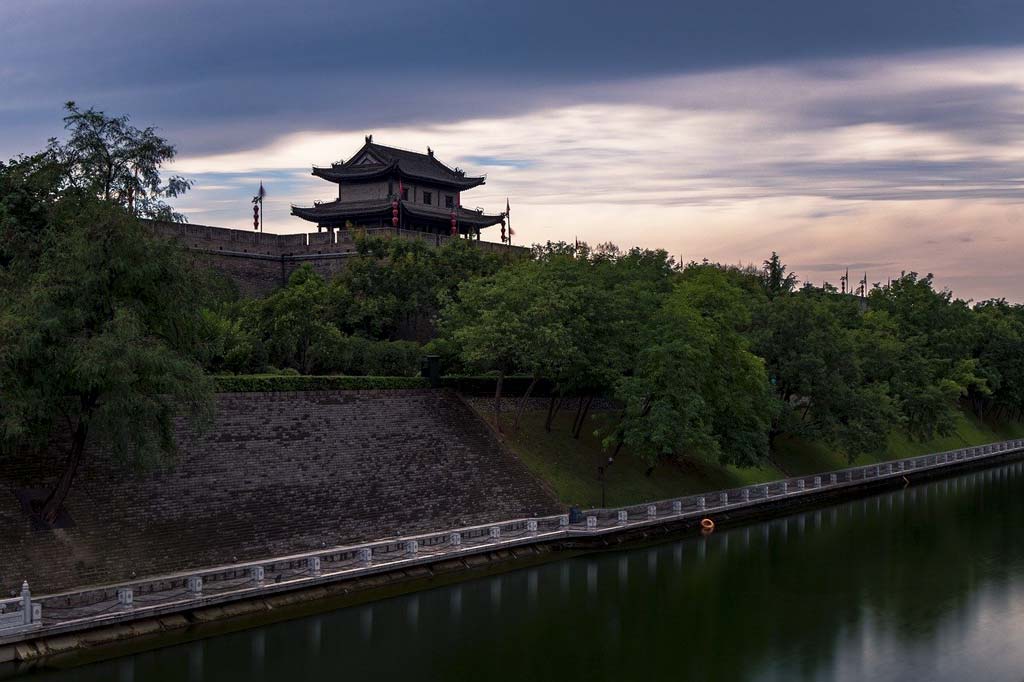
Related Articles:
Xi’an FAQs: Exploring China’s Ancient Capital City!
Exploring the 6 UNESCO World Heritage Sites in Xi’an!
The Terracotta Army: Exploring a Wonder of Ancient China!
Top 21 Facts about The Terracotta Army you need to know!